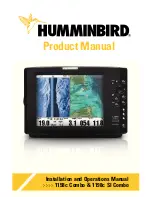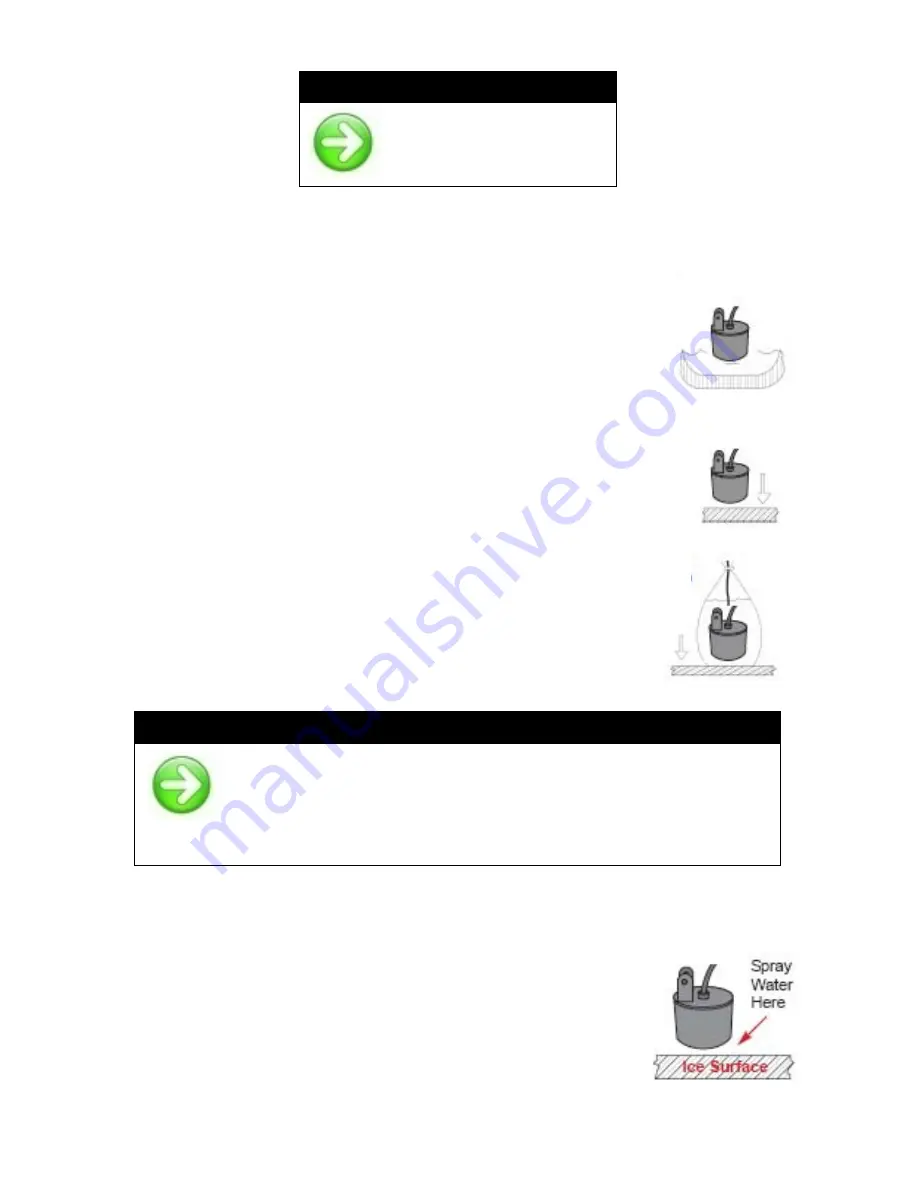
w w w . h a w k e y e e l e c t r o n i c s . c o m
N
OTICE
:
Using step 4 above will
make the fish finder
inoperable at boat speeds
over 5 mph (8 kph).
USING THE FISH FINDER THROUGH A BOAT HULL
The fish finder’s advanced sonar capabilities allow it to
“Shoot-Thru” the bottom of a boat or canoe. The hull
must be made out of solid fiberglass, or a maximum of
1/8” aluminum, and be in direct contact with the water,
with no air pockets. The unit will not work through wood,
plastic, or any composite material.
To “Shoot-Thru” the hull of a boat, do one of the
following:
A.
Place the sonar sensor in .5 inches of water against
the hull bottom.
B.
Coat the face of the sonar sensor with petroleum
jelly and press it against the hull bottom with a
twisting motion.
C.
Place the sonar sensor in a plastic bag that is full of
water and place against the hull bottom.
N
OTICE
:
If depth readings appear as “---” while using one of these methods,
place the sonar sensor directly in the water to verify that the fish
finder is operating properly. If it operates properly while directly in
the water, reposition the sensor in a new location in the hull, and
repeat methods
A, B,
or
C
. These methods DO NOT work on all hulls and you
may have to place the sensor directly in the water for proper operation.
USING THE FISH FINDER FOR ICE FISHING
To achieve the best performance for ice fishing, you
should cut a hole through the ice and place the sonar
sensor directly in the water. If you would like to check the
area for depth or fish before cutting the hole, please
follow steps 1 - 4 precisely.
1. Clear away snow to expose the ice surface.
A
B
C

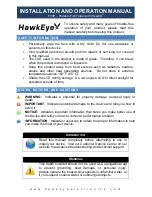
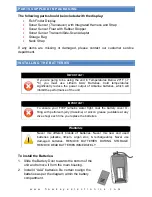
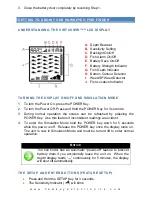
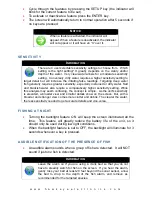
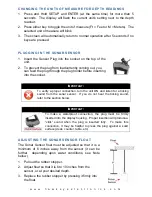
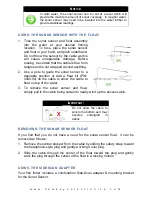
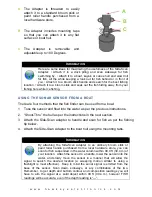
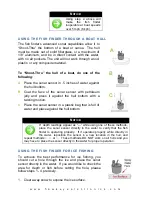
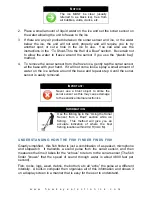
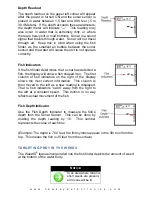
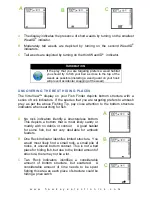
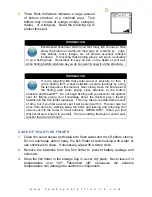
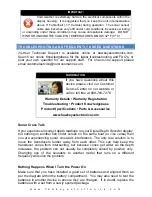
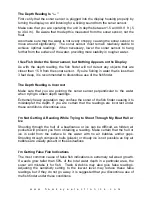
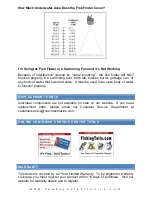
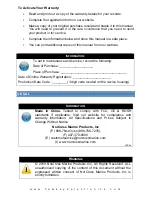
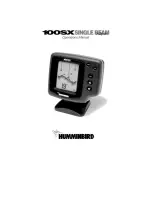
![Humminbird ] 981 Installation & Operation Manual preview](http://thumbs.mh-extra.com/thumbs/humminbird/981/981_installation-and-operation-manual_2183846-01.webp)
